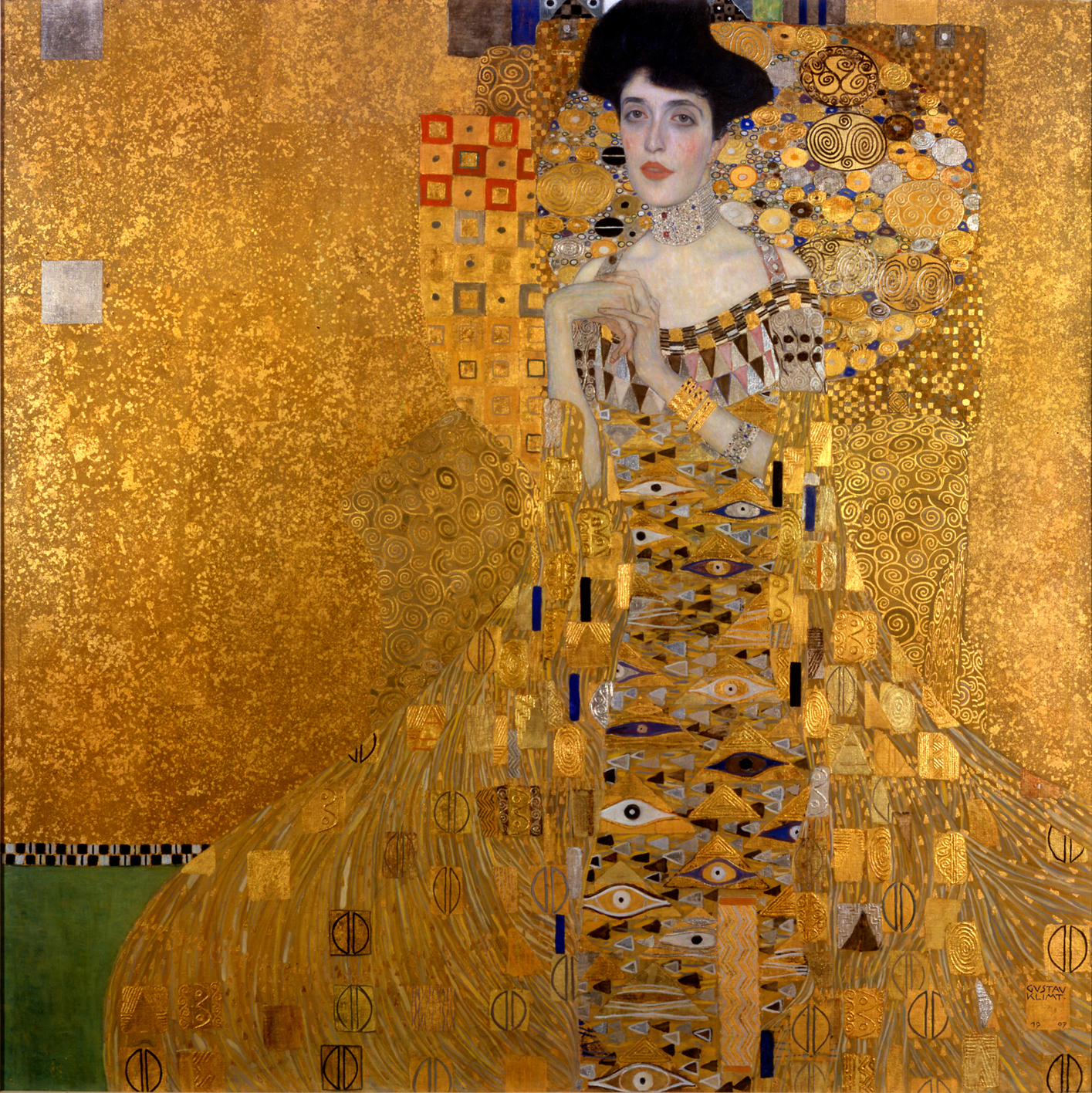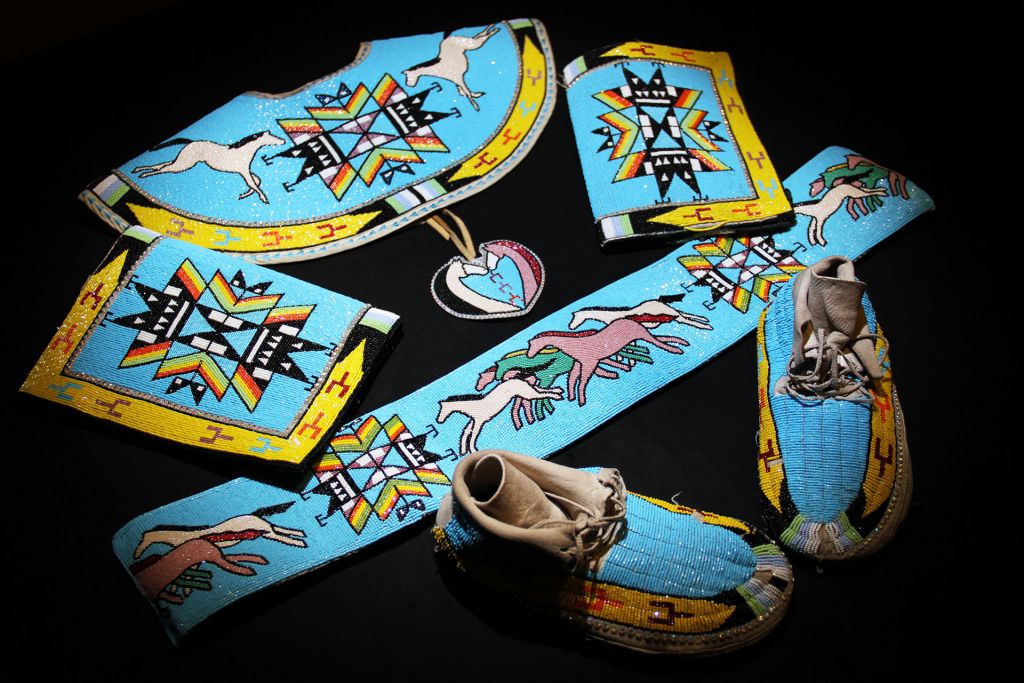Editor’s note: Author Jordan Dresser is featured in the Independent Lens film What Was Ours. He is a journalist, holds a Master’s in Museum Studies, and is passionate about Native American history and culture.
By Jordan Dresser
If you listen closely, an item will tell you its story.
It can be a story about its maker’s inspirations, passions, and creative processes. Some are about the halls they adorned, the people who gazed at them and the different places they called home. Other stories are about the cultures and people who created each item with meaning, significance, and power. These items hold life.
For tribal objects, this is also a story about loss, betrayal, and survival.
Seen as a dying culture, the collecting of Native American artifacts and human remains came into prominence during the late 1800s. Grave looting and robbing were the norm. The passage of the Antiquities Act of 1906 gave anthropologists free legal rein over Native sites, which lead to museums, federal agencies and private collectors amassing large collections filled with Native American cultural objects and human remains. (By 1990, those figures were estimated to be in the millions.) Early museum exhibits depicted Native Americans alongside extinct animals such as dinosaurs. Native people were considered a relic of the past.
But tribes didn’t vanish. We are still here. With over 500 Indian nations, the Native American experience is living, evolving, and thriving. Today, tribes fight to reclaim what was once thought lost.
This includes our items tucked away in museum storage shelves and behind glass cases. In 1990, the Native American Grave Protection and Repatriation Act (NAGPRA) was passed into federal law and provides a way for federally recognized tribes to regain possession of their human remains, funerary objects, sacred objects and objects of cultural patrimony. While powerful, NAGPRA also has its limitations. Private collectors or organizations that don’t receive federal funds, such as churches, are exempt. So the battle continues. Some glass cases prove harder to open.
This experience is also not limited to tribal people. The Elgin Marbles are classical Greek marble structures that have been on display at the British Museum since the early 1800s. British Ambassador to the Ottoman Empire Lord Elgin was fascinated by the Parthenon in Athens and began removing its marble structures with the approval of Ottoman authorities. The structures were later purchased by the British government. Today, Greece has questioned the legitimacy of the approval and has demanded their return. The British Museum refuses.

Gustav Klimt’s “Portrait of Adele Bloch-Bauer I” (aka, “The Woman in Gold”)
In the early 1900s, Ferdinand Bloch-Bauer commissioned Austrian Painter Gustav Klimt to paint two portraits of his wife. One of the results is the Portrait of Adele Bloch-Bauer I, also called “The Woman in Gold.” After her death in 1925, the painting came into her husband’s possession; he wrote in his will that his nieces and nephews would become the heirs of his estate. When Nazi Germany annexed Austria, Bloch-Bauer fled the country. His belongings, including the painting, were looted by the Nazis. After the war, the painting was found on display at the Austrian State Gallery in Vienna. The Austrian government argued the will of Adele Bloch-Bauer left the paintings to the Austrian State Gallery. Bloch-Bauer’s niece Maria Altmann sued Austria for ownership of the painting. After a lengthy battle, the painting was returned to Altmann in 2006.
For Greece, for Altmann, and for indigenous people, returning what was once thought lost has the power to heal. Memories, people and traditions are tied to these objects. For Native people, this can be empowering. Colonization has fractured the cultural identity of Native American tribes, often forcing us to rebuild our history piece by piece. We can use these items to strengthen our tribal identity by providing greater context behind each item and what they mean to us.
This could come in the form of a museum. Since the 1960s, Native communities have molded tribal museums to tell the story of their people on their own terms. They are powerful sites of decolonization where the transfer of cultural knowledge is being passed down to future generations. They are safe places where we can come to terms with our past and find the road to healing. Imagine what that could do for the people of the Wind River Indian Reservation which is home to the Eastern Shoshone and Northern Arapaho Tribes. That speaks to the power of a story. We just have to listen.
Here are the stories of a few of the artifacts seen in the film that spoke to me:
Shoshone Drum
Drumming and singing has always held a sacred place and purpose among American Indian tribes. Drums are considered the heartbeat of the people. Individuals care, protect, and respect the drum, since songs hold power and deep meaning. Great care and patience was taken when selecting and gathering the materials found in nature from which the drums were made: wood constructs the frame of the drum while thinned rawhide is stretched across the opening and bound together by sinew.
This specific Shoshone drum features a design that tells a story about life. Using sky and grass colors, the maker painted various bird, snake, and floral images that give the drum a quadrilateral design which is common among Plains Indian tribes. The sound of a drum remains a constant presence in Indian Country. It’s a tradition that is actively being passed down to future generations. With the guidance of those who know the songs, drum groups consisting of younger individuals in the tribe have been making a resurgence. This shows that the heartbeat of the people will continue to beat and remain strong.
Shoshone Parfleche
Before the suitcase, there was the parfleche. Coming in various shapes and sizes, parfleche bags are made out of rawhide materials including elk and deer. The rawhide was soaked in water for about a week and then folded over while still wet to keep its shape. The maker designed each parfleche bag with their own personal designs that had meaning and significance. Parfleches were used to carry and store items such as food, clothing and other personal items. Larger bags were placed on the ends of saddles for easy access while smaller ones were carried by the individual.
This Shoshone Parfleche is medium in size and features a geometric design of blue, yellow and red colors. Makers would tell stories using different designs. Today, parfleche bags are not commonly used since it’s easier to use a cloth bag or suitcase. Great time and care went into making these items and required dedication and patience. Like other tribal artifacts, the parfleche bag gives a greater context on what life in the Great Plains was like. Due to the durability of rawhide, parfleche bags are very well preserved. Parfleches are a prime example of an item that can be used as a tool to bring back a tradition that isn’t commonly practiced, of taking the item from behind the glass case and showing it still has a purpose.
Arapaho Cradleboard
Children are gifts of the creator. A baby can view this new world as something scary and different. We have to keep them close to let them know everything will be okay. Cradleboards are used to support and protect infant children during those first crucial months. From the North to the South, tribes have used cradleboards with different variations and materials. They have a sturdy back usually made out of wood to help support the spine of the infant, and are covered in materials such as buckskin to help create a protective layer.
Each cradleboard was put together with special designs or amulets that had meaning and significance, then carried like a backpack with the child facing the opposite side. This Arapaho cradleboard features quill work designs that aren’t commonly seen. Traditionally, only certain individuals within the tribe could practice and pass down the art of quill work. Quills came from porcupines and required great skill and patience. Today, beading has replaced quill work as the main form of art and expression.
Within Indian Country, there is a movement to reincorporate the use of cradle boards through classes showing parents how to construct their own. It’s going back to the traditional knowledge that we are fortunate to still have.
Arapaho Moccasins
Moccasins have played a vital role in the life of a tribal member. A person’s first pair was usually made by someone within their family and designed with beads or quill work with specific designs that had meaning and power. This pair of Arapaho moccasins is made from buckskin and is adorned with blue and green glass beads. Moccasins were made to protect the feet from blisters, cuts, and bruises.
Today, moccasins still carry great meaning and significance within Indian Country. Tribal people wear moccasins while dancing at pow wows, at ceremonies, on their wedding day or while walking across a graduation stage. To celebrate Native American Heritage Month, Rock Your Mocs has become a weeklong event held every November where tribal people are encouraged to wear their moccasins. The movement has spread on social media with individuals posting photos of themselves wearing their moccasins. This shows that the Native experience is continuing to evolve and change while using new tools, such as Facebook and Twitter, to carry on a tradition that was a part of our everyday lives. It speaks to the resilience of Native people.
Jordan Dresser is a member of the Northern Arapaho Tribe located on the Wind River Indian Reservation in central Wyoming. In 2015, he graduated from the University of San Francisco with a Master of Arts degree in Museum Studies. He has worked as a reporter for the Lincoln Journal Star, the Salt Lake Tribune, the Forum and the Denver Post. He currently works as the Public Relations Officer for the Wind River Hotel and Casino in Riverton, Wyo.
